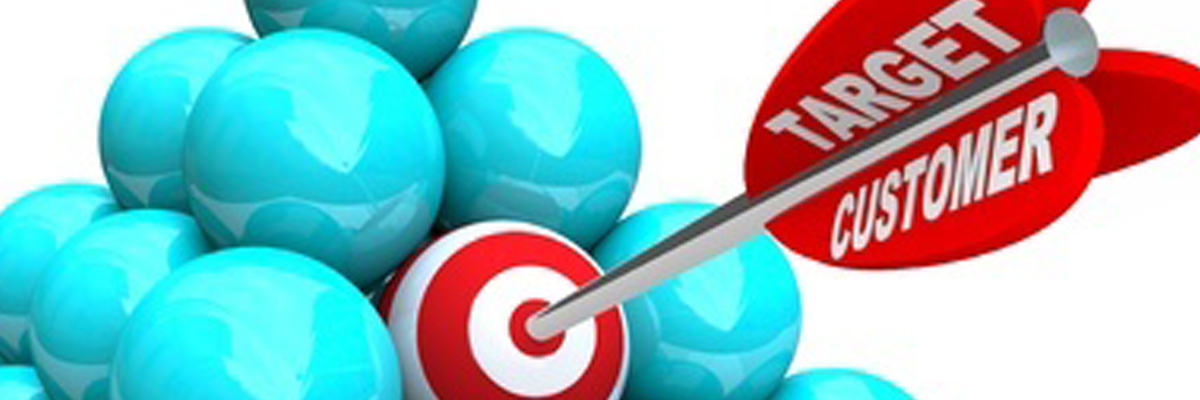3 Ways to Drive Customer Acquisition in the Second Half of 2016

Blog post By Paula Chiocchi on 2016-07-13
We’ve reached the halfway point in 2016 and many companies are now taking stock of their achievements so far—and gauging whether they’re on track for a successful year. If not, they’ll assess what changes need to be made to make their numbers. For B2B marketers, those numbers include qualified leads provided to sales, and, more importantly, customers acquired and revenue generated.
If you’re one of the lucky ones who has exceeded your goals, congratulations and keep up the good work. But if you haven’t, consider taking a closer look at your existing customers: their personas, motivations and business lifecycle stages. Knowing who your customers and prospects are, and what drives their business decisions, can help you get a better handle on expanding your wallet share with them in the balance of 2016. Here are three tips for getting started:
- Know where your products fit in your customers’ business lifecycle: All companies are in myriad stages of growth – some may be new while others are quite established or “mature.” The key to success is understanding and matching the right product to the ideal phase of the customer’s maturity level. After all, new businesses need to invest in infrastructure to get going, while mature businesses might be more responsive to system improvement or operational savings. That’s why tailoring the right message at the proper time is important.
For example, one of our clients is a mobile telecommunications provider that targets new businesses for phone service. To do so, they marry new business filings with procured email data, and they recently created a special mobility offer to these budding businesses that led to almost 150 new service activations.
- Understand where your prospects are in their buying cycle: Remember that your prospects will each be in a particular stage of their buying journey: 1) awareness (when the prospect determines a business need and becomes aware of your product); 2) consideration (when the prospect initiates evaluating different solutions to their business challenge); and 3) purchase (when cost or ease of procurement may be top of mind.) Buyers will often self-identify their buying stage by the types of content they engage with: a white paper or topical webinar may indicate awareness. Competitive feature comparison inquiries would indicate consideration, and price inquiries and product reviews would indicate readiness to purchase.
The impetus for email marketers is to provide the right type of message at the various buying stages. This might be an introduction to typical challenges and your solution’s approach in the awareness stage; case studies and customer testimonials in the comparison stage; and a free trial or limited time discount in the purchase stage.
- Recognize – and create – buying triggers: A trigger is a situation that causes a buyer to have a recognized need and a sense of urgency. For example, you’re going on an international business trip next week and you want to take an online language course ASAP. The trick is for B2B email marketers to understand what might trigger their target market to seek out their solutions, and create messaging that identifies the trigger, creates one, or alerts them that one may have already occurred. For example, if you market and sell security equipment or software, a security breach may be the buying trigger that gets your prospects searching for your solution. In turn, your email messaging might be around the steps to take to prevent a security breach, or what to do in case one has just happened. To create more urgency (and a trigger) for those who have not yet experienced a security failure, you can cite incident statistics or a recent attack that concludes it’s only a matter of time before your prospect experiences their own security breach.
Knowing your own customers and prospects – their business maturity, buying stages and purchasing triggers – will be key for meeting your lead generation and revenue objectives for the second half of 2016. And as always, working with an experienced, reputable data provider as a key partner can help you gain added insight for creating intelligent and timely messages and offers that lead to results.
###
Find your ideal prospects and drive more leads for your business through the end of this year. Consider giving Outward Media a try. Also, take a look at our complimentary new e-book on building a successful email marketing database.
DOWNLOAD YOUR FREE ebook
At OMI, we believe good things happen when you share your knowledge. That's why we're proud to educate marketers at every level - in every size and type of organization - about the basics of email marketing and the contact data that powers it.
-
The Executive's 15-Minute Guide to Building a Successful Email Marketing Database
-
A 15-Minute Guide to Fortune 2,000 Businesses and Executives
-
Five Best Practices for Using Email Marketing to Target SMBs



